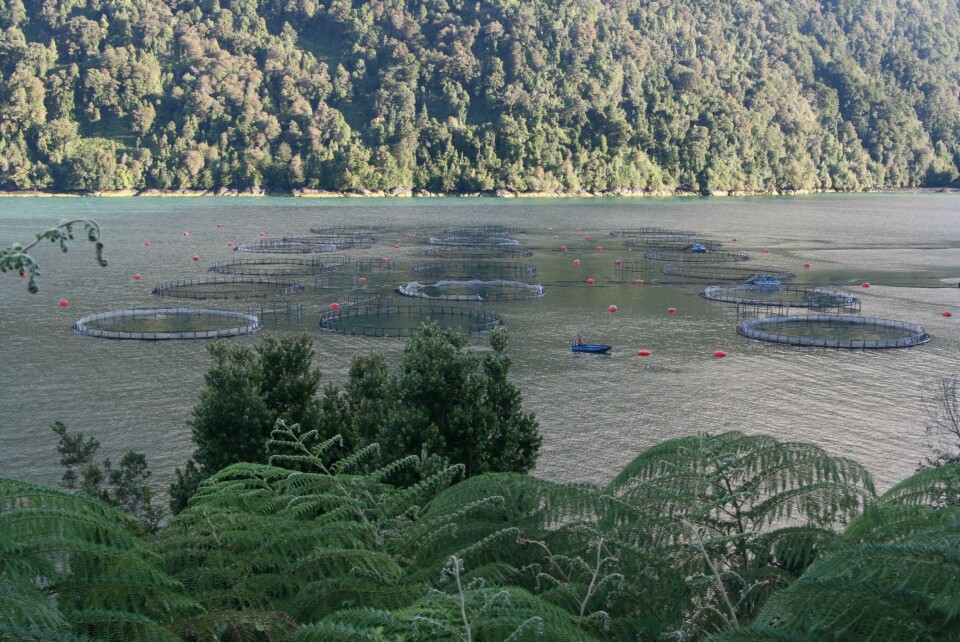
Morts top 12 million
A meeting between representatives of Sernapesca and Chile's Minister of Economy has revealed the true scale of the salmonid losses caused by the recent wave of harmful algae blooms (HABs).
The Chilean Minister of Economy, Luis Felipe Céspedes, said regarding the recent HABs affecting salmon farms that "as a government we are making every effort to mitigate the effects these blooms have had on the salmon production, but we recognize that this is a complex situation caused by ‘El Niño’ which has led to increased water temperatures in the area”.
According to the information provided by Sernapesca, in recent days the situation has worsened, with a total of 24 affected farms, with mortalities in neighborhoods 2, 3a and 7 totalling 12.8 million fish, equivalent to a biomass of 24,123 tonnes.
The morts are now destined for authorized dumps and reducing plants where they can be transformed to fishmeal and fish oil. There have also been applications submitted for the transfer of fish to other neighborhoods under strict sanitary control and monitoring, although no such transfer has occured to date.
Sernapesca has also created a contingency committee for HABs, which is holding meetings with the companies concerned and Intesal, the Maritime Authority and the Undersecretariat of Fisheries and Aquaculture (Subpesca). In this context, Subpesca has activated a scientific committee for further background on the HABs.
On February 22nd, several companies with farming sites in neighborhood 2, near Puerto Montt, started reporting the occurrence of mortalities due to the presence of microalgae. Neighborhood n° 2 consists of 22 farms belonging to nine different companies, including Aquachile, Blumar, Camanchaca, Salmones Austral, Marine Harvest Chile, Australis Mar, Salmones Humboldt and Marine Farm.
- Red dots: farms with losses over 800,000 fish.
- Orange dots: farms with losses between 250,000 and 800,000 fish.
- Yellow dots: farms with losses below 250,000 fish.























































